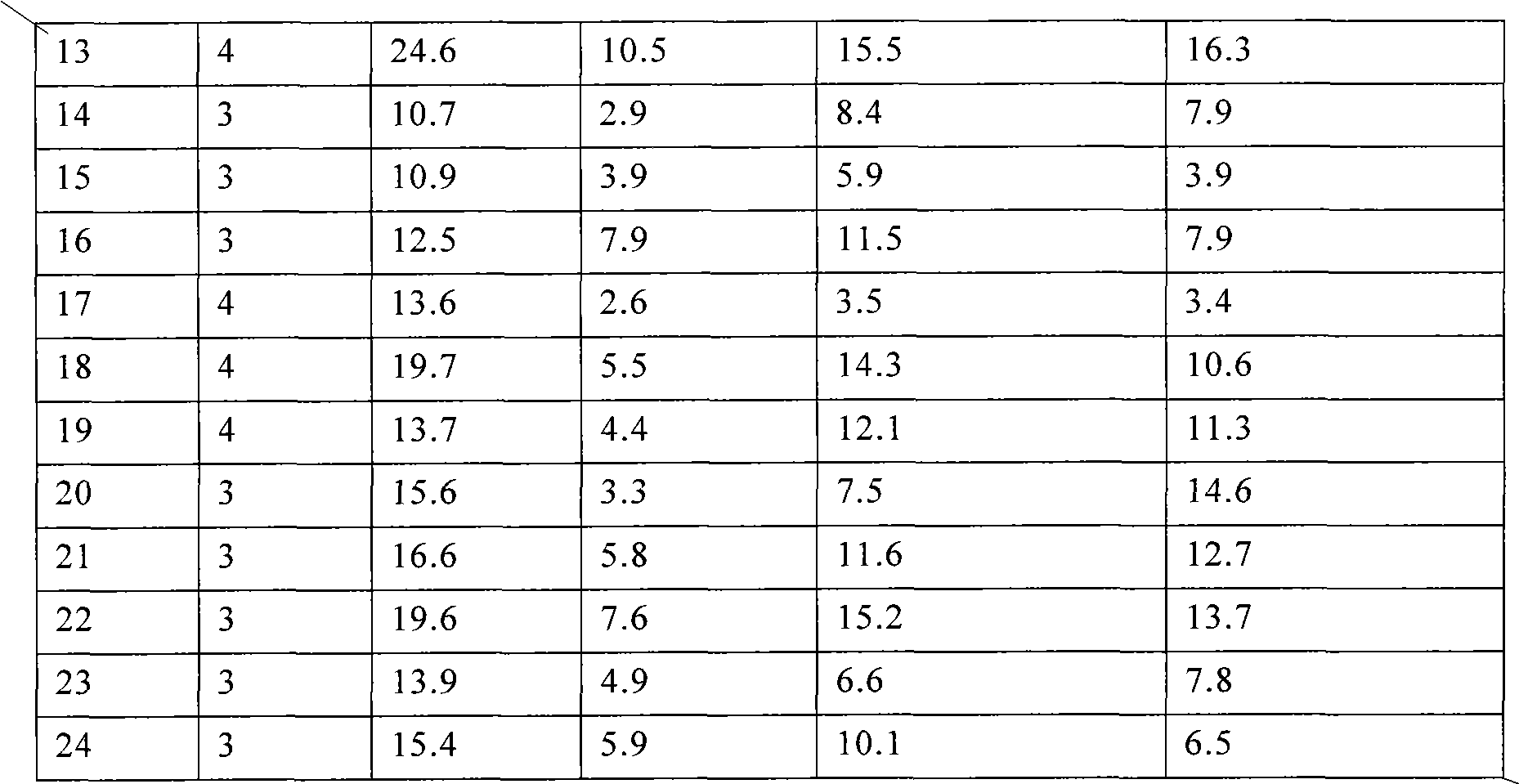Method for selectively breeding bivalve shellfish
A technology for bivalve molluscs and scallops, which is applied in the field of breeding of bivalve molluscs during the attachment period, can solve the problems of difficult operation, single breeding target, and high cost of breeding, so as to increase the selection intensity and improve the breeding efficiency. Efficiency, Nutritious Effects
- Summary
- Abstract
- Description
- Claims
- Application Information
AI Technical Summary
Problems solved by technology
Method used
Image
Examples
Embodiment 1
[0026] The bay scallops (Argopectens irradians) are put into the nursery pond for cultivation. The water temperature in the nursery pond is controlled at 22-24°C, and the ammoniacal nitrogen does not exceed 200mg / m 3 ;The light is below 500Lux, continuously or intermittently inflated, the dissolved oxygen is not less than 5mg / L, pH7.9-8.2, COD is not higher than 2mg / L, after 20-24 hours it develops to the larval stage of the face plate, and the bay is controlled The density of scallop larvae in the late stage is 5-7 / ml;
[0027] When 1 / 3 of the bay scallop larvae have eyespots (at this time, the shell of the bay scallop grows to about 150um-190um), evenly put the attachment base into the pool, and try to avoid the water change port to prevent the daily water change operation from affecting the water. Interference with larva attachment; the attachment base is polyethylene mesh, each mesh has 2000 mesh nodes, and 50 mesh / m 3 ; In order to sterilize, polish the attachment base a...
PUM
 Login to View More
Login to View More Abstract
Description
Claims
Application Information
 Login to View More
Login to View More - R&D
- Intellectual Property
- Life Sciences
- Materials
- Tech Scout
- Unparalleled Data Quality
- Higher Quality Content
- 60% Fewer Hallucinations
Browse by: Latest US Patents, China's latest patents, Technical Efficacy Thesaurus, Application Domain, Technology Topic, Popular Technical Reports.
© 2025 PatSnap. All rights reserved.Legal|Privacy policy|Modern Slavery Act Transparency Statement|Sitemap|About US| Contact US: help@patsnap.com


